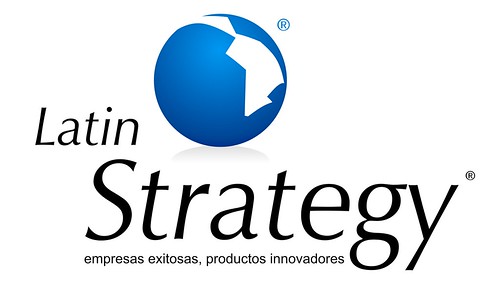
Aquí su sitio web corporativo
¿De qué se trata?
La empresa fue establecida en 1949 en Alemania con el objeto principal de tostador de grano y cafetería. Hoy, cada semana exhibe y vende (además del excelente café) una categoría de productos para el individuo o el hogar: cada semana una exhibición diferente; de esta manera, cada semana, además de repetir el degustar del excelente café, hay un motivo renovado para volver a Tchibo
¿Jobs-To-Be-Done del comprador?
1. Aprovechar la visita originada en ir allí a tomarse un cafe para resolver alguna compra pendiente
2. Volver una y otra vez allí a tomarse un cafe para dejarse sorprender por la renovada exhibición de los productos de la semana
3. Si la visita a tomarse un cafe es concertada para dos o más, la renovada exhibición de los productos de la semana hace el rato más gradable, se presta a motivo de conversación, etc.
De su mismo sitio web, cómo lo hacen, extracto 1, el producto:
"Product managers are constantly on the lookout for fresh inspiration. They do this systematically: first, they explore ‘mega-trends’. Will ‘cocooning’ be the big thing next year? In other words will people want to curl up in the comfort of their homes? Or they will get out more and enjoy the countryside? Will they travel in their own country or abroad? These overall trends need to be identified in the areas of fashion, furniture, travel and services. A product manager therefore always works as a trend scout as well.
Product managers attend trade shows to gather information on upcoming colour schemes, shapes and cuts, materials and assortment trends. They then compile their themes (e.g., denim, linen, nature) on ‘mood boards‘, which serve as the basis for the subsequent development work on the product ranges..."
Extracto 2, el procurement:
"Which supplier will now produce the item - the scarf, for instance? The material has to be right, as should the price of course, and the supplier should be able to guarantee that they will meet deadlines. Before purchasing enters the ‘home stretch’, the buyer looks for the best supplier for each product. To find a suitable partner, first all of a product’s features have to be specified and described in detail. The various product traits such as material, shape or workmanship are also specified in coordination with the product and quality management departments. The purchasing department can rely on a global network of suppliers and manufacturers. To consistently get fair value for money, Tchibo works with numerous producers around the world and even has its own sourcing office in Hong Kong. After all, suppliers are often highly specialised: some produce only glass products, others only metal or plastic..."
Extracto 3, el quality assurance:
"Once we have chosen a supplier, our quality inspectors still have their hands full, as regular checking of the production process - whether by means of product samples or on-site at the plants – is one of Tchibo’s essential quality assurance tools. The arrival of the first product samples from the supplier ensures that our quality inspectors are very busy. At Tchibo ten in-house testing rooms are available where testers wash, iron, cut up and smash products. Our quality inspectors also inspect the sizing with the help of in-house models: Do the sizes fit properly and feel right? If the sample does not conform to the quality tester’s standards, the supplier is sent specifications for optimising it..."
Extracto 4, el marketing:
"Marketing is carried out in four stages. First a weekly theme is created. Based on the product management department’s briefing on the range, including the highlight products, the marketers specify the core idea of the phase and the basic marketing elements (including theme, key visuals, photography, models) in words and pictures. During this step the "genes" of the marketing concept are established, which will be binding for all parties at the later stages.
The next stage is the design of the packaging. The most important performance characteristics must be defined for each product and condensed into marketing-relevant statements. On this basis, the photos, texts and illustrations necessary for the presentation of the (often complex) added values of the product are created. This is not always easy, as the added value of the product has to be spontaneously appreciated by the customer based on just a few lines and photographs. 2000 major sales campaigns and 1500 test sales per year represent an immense challenge, week after week. In the third stage, the marketer designs the sales magazine. In the magazine layout they establish the appearance, define the number of pages of the magazine and place the products. Based on the product management briefings, marketing experts also arrange photo shoots for the products. Where possible, the theme worlds are photographed in Hamburg. Each magazine is published in different versions optimised for the various sales channels: as a shop magazine, a mail-order magazine and product catalogue for supermarkets. The online presentation is also modelled on the overall look of the magazine.
And finally, our TV spots also follow the master marketing plan. To ensure a high-impact message, they especially focus on the highlight products and on proving, again and again, the claim: only at Tchibo."

No hay comentarios:
Publicar un comentario